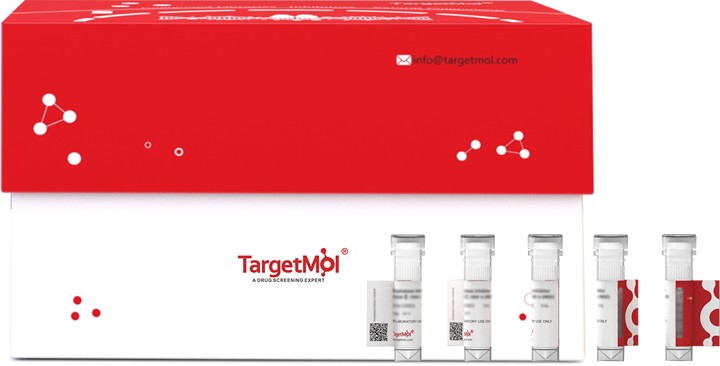Shopping Cart
- Remove All
 Your shopping cart is currently empty
Your shopping cart is currently empty

May regulate the number of excitatory synapses that are formed on hippocampus neurons. Has no effect on inhibitory synapses. Plays a role in glucose homeostasis. Via AMPK signaling pathway, stimulates glucose uptake in adipocytes, myotubes and hepatocytes and enhances insulin-stimulated glucose uptake. In a hepatoma cell line, reduces the expression of gluconeogenic enzymes G6PC1 and PCK1 and hence decreases de novo glucose production.

| Pack Size | Price | Availability | Quantity |
|---|---|---|---|
| 20 μg | $491 | 20 days | |
| 100 μg | $1,370 | 20 days |
| Biological Activity | Activity has not been tested. It is theoretically active, but we cannot guarantee it. If you require protein activity, we recommend choosing the eukaryotic expression version first. |
| Description | May regulate the number of excitatory synapses that are formed on hippocampus neurons. Has no effect on inhibitory synapses. Plays a role in glucose homeostasis. Via AMPK signaling pathway, stimulates glucose uptake in adipocytes, myotubes and hepatocytes and enhances insulin-stimulated glucose uptake. In a hepatoma cell line, reduces the expression of gluconeogenic enzymes G6PC1 and PCK1 and hence decreases de novo glucose production. |
| Species | Mouse |
| Expression System | Baculovirus Insect Cells |
| Tag | N-10xHis, C-Myc |
| Accession Number | Q9ESN4 |
| Synonyms | Gliacolin,CTRP13,Complement C1q-like protein 3,C1ql3,C1ql,C1q/TNF-related protein 13,C1q and tumor necrosis factor-related protein 13 |
| Amino Acid | HYEMLGTCRMVCDPYGGTKAPSTAATPDRGLMQSLPTFIQGPKGEAGRPGKAGPRGPPGEPGPPGPVGPPGEKGEPGRQGLPGPPGAPGLNAAGAISAATYSTVPKIAFYAGLKRQHEGYEVLKFDDVVTNLGNHYDPTTGKFTCSIPGIYFFTYHVLMRGGDGTSMWADLCKNNQVRASAIAQDADQNYDYASNSVVLHLEPGDEVYIKLDGGKAHGGNNNKYSTFSGFIIYAD |
| Construction | 21-255 aa |
| Protein Purity | > 85% as determined by SDS-PAGE. |
| Molecular Weight | 28.6 kDa (predicted) |
| Endotoxin | < 1.0 EU/μg of the protein as determined by the LAL method. |
| Formulation | Tris-based buffer, 50% glycerol |
| Reconstitution | A Certificate of Analysis (CoA) containing reconstitution instructions is included with the products. Please refer to the CoA for detailed information. |
| Stability & Storage | Lyophilized powders can be stably stored for over 12 months, while liquid products can be stored for 6-12 months at -80°C. For reconstituted protein solutions, the solution can be stored at -20°C to -80°C for at least 3 months. Please avoid multiple freeze-thaw cycles and store products in aliquots. |
| Shipping | In general, Lyophilized powders are shipping with blue ice. Solutions are shipping with dry ice. |
| Research Background | May regulate the number of excitatory synapses that are formed on hippocampus neurons. Has no effect on inhibitory synapses. Plays a role in glucose homeostasis. Via AMPK signaling pathway, stimulates glucose uptake in adipocytes, myotubes and hepatocytes and enhances insulin-stimulated glucose uptake. In a hepatoma cell line, reduces the expression of gluconeogenic enzymes G6PC1 and PCK1 and hence decreases de novo glucose production. |

Copyright © 2015-2024 TargetMol Chemicals Inc. All Rights Reserved.